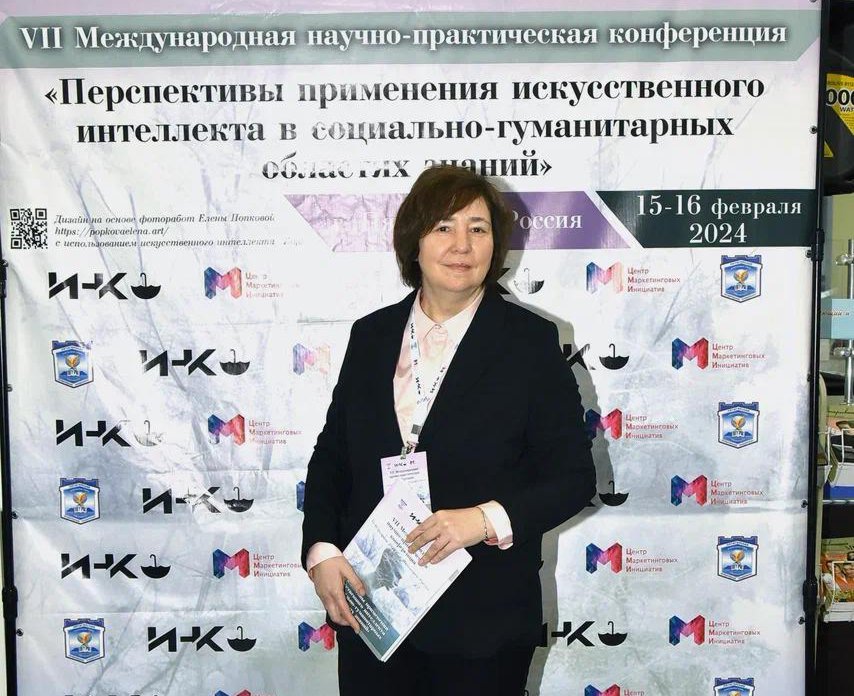A huge pizza and a jug of water, why should 5G networks be sliced? The winners of RUDN science competition explain

Why are 3G and 4G not enough for us anymore?
Every year the number of devices that use mobile communications for work increases. The volume of files that need higher speeds to be transferred is also increasing. And mobile service providers need to provide them at affordable prices.
What are the advantages of 5G networks?
Their speed. The maximum download speed is 20 times faster compared to previous generations of networks. The delay between sending a request and receiving a response in 5G is 2 times shorter than, for example, in 4G.
Another feature of this generation of networks is Network Slicing. Thanks to this technology, we can divide one physical infrastructure into several virtual segments, each of which has its own dedicated resources.
For example?
Let's take radio frequencies. We have a giant pizza divided into several slices. Each slice with its own toppings for a certain guest, depending on their "food request". Police need one radio frequency, ambulances need a second, radio stations need a third. Slicing radio resources makes it possible to allocate certain parts of the network to specific tasks or users.
Or another example. A network without slicing radio resources is like a big water jug. When each person accesses it, they must share water with everyone else. This can lead to everyone getting only a small portion of water, and thus to a poor service. Now let's divide the contents of the jug into several containers, each for a specific person or group of people. Now everyone gets his or her own reserve of water. The division into containers is an example of slicing, through which it is possible to provide optimal service to each user.
And what does this have to do with 5G?
Imagine we have a cellular operator that provides its services to two types of users. Some of them actively use the resource during the day, while others use it at night. Hence, it follows that it is more appropriate for the operator to distribute its resources so that most of them are provided to the first user during the day and to the second user at night.
You investigated the allocation of resource management in 5G networks to improve their performance among mobile operators. What is the result of your project?
We have developed a model that optimally allocates resources in a 5G network between two virtual operators. A controlled mass service system differs from a simple mass service system by having a controller that signals and reallocates network resources between two virtual operators depending on the system state.
How was the research conducted?
Our model consisted of a network operator that provides resources and two virtual operators that provide services to users. To find the optimal resource reallocation policy, we applied Howard's integration algorithm. Numerical results showed that the optimal policy depends on several factors. There is the current state of the system and the weighting of our chosen principles, maximizing resource utilization while distributing them equally among users and tracking controller signals.
We found that the choice of initial allocation, which is based on one of the principles, plays an important role and choosing it correctly leads to a solution that is found in the minimum number of iterations - retries of an action. In our project we have also used single layer neural network to optimize resource management in 5G networks. Its advantage is its speed and ability to efficiently process large amounts of data.
The scientific director of the project is Irina Kochetkova, Candidate of Physical and Mathematical Sciences, Deputy Director of the Applied Mathematics & Communications Technology Institute of the Faculty of Physical, Mathematical and Natural Sciences, Associate Professor of the Probability Theory and Cyber Security Department of RUDN.
The project to develop a cellular model of the placenta became the winner in the Scientific Materials category of the Young Scientists 3.0 competition, organized with the support of the Presidential Grants Foundation and T-Bank.
Ten scientific journals published by RUDN University have been included in the highest level of the state list of scientific publications, the White List.
Forests are not only the lungs of the planet, but also home to millions of species. However, it has remained unclear how underground interactions between trees and fungi affect forest species richness in different climatic conditions. Previous studies have yielded conflicting results: in some regions, the dominance of certain fungi reduced tree diversity, while in others it increased it.
The project to develop a cellular model of the placenta became the winner in the Scientific Materials category of the Young Scientists 3.0 competition, organized with the support of the Presidential Grants Foundation and T-Bank.
Ten scientific journals published by RUDN University have been included in the highest level of the state list of scientific publications, the White List.
Forests are not only the lungs of the planet, but also home to millions of species. However, it has remained unclear how underground interactions between trees and fungi affect forest species richness in different climatic conditions. Previous studies have yielded conflicting results: in some regions, the dominance of certain fungi reduced tree diversity, while in others it increased it.